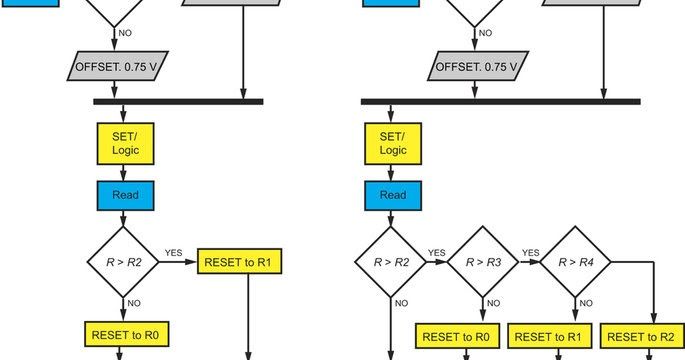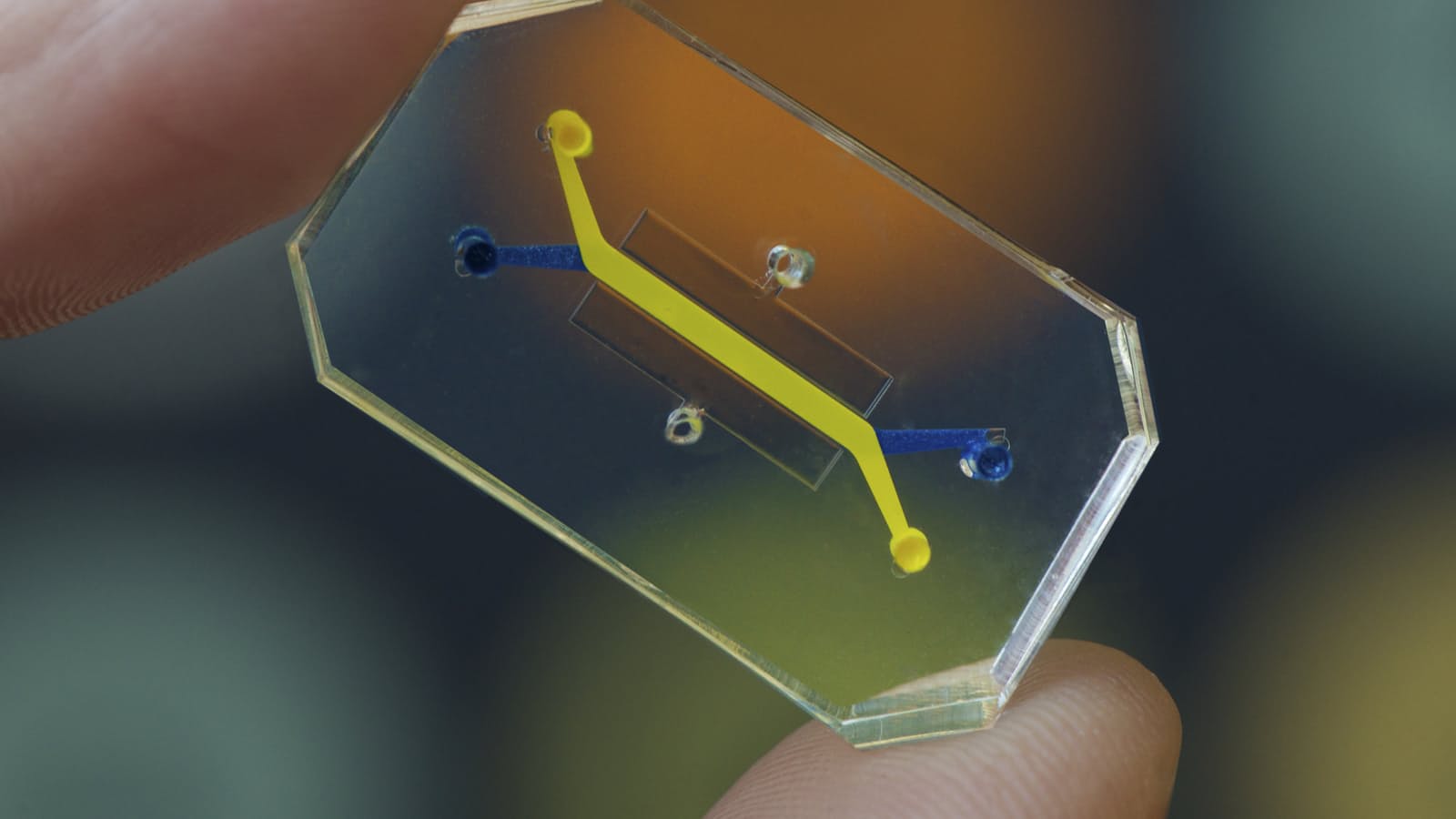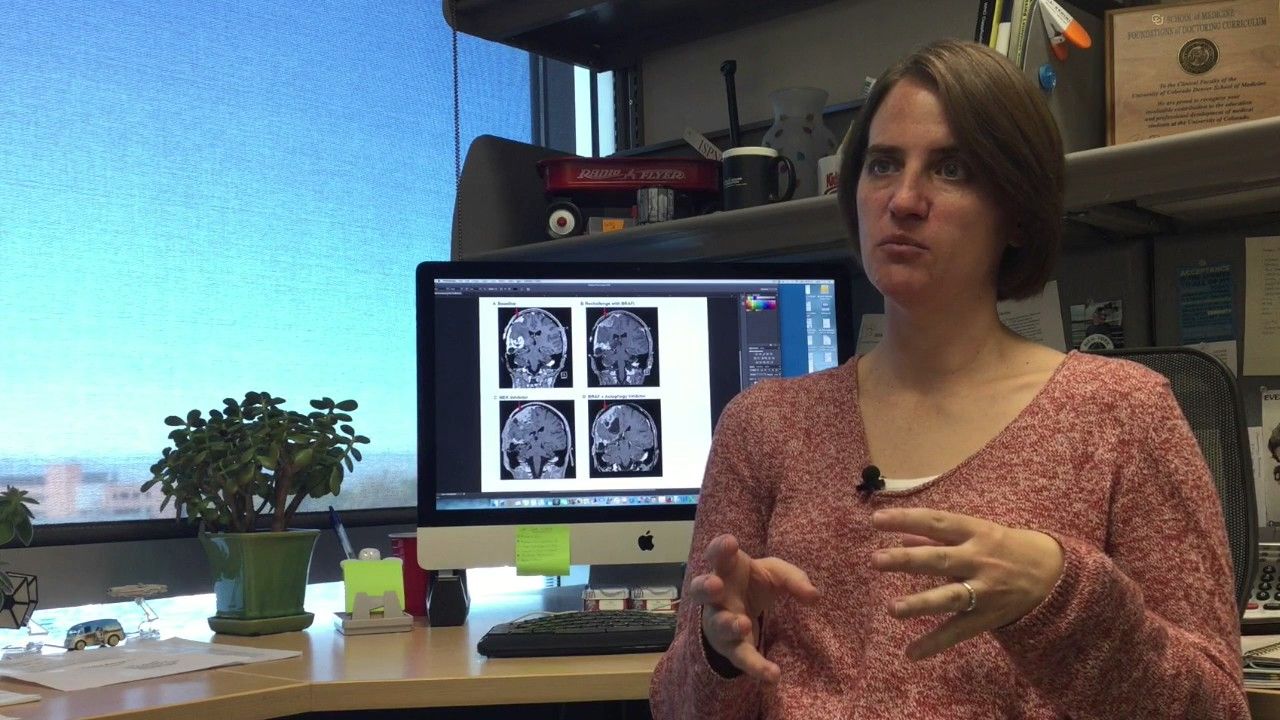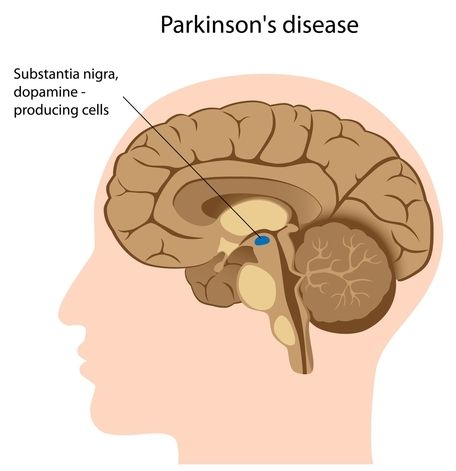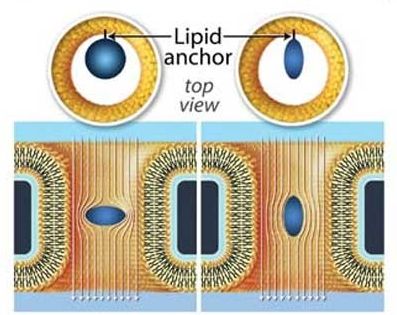Interesting write up by Stanford on Astrocytes and neurodegenerative diseases. One area that I will be interested in finding research is any ties to Dystonia as Astrocytes own impact to the central nervous system.
Judging from the very terms used to designate brain research — neuroscience, neuro logy, neuro biology — you might figure nerve cells (or neurons, as brain scientists like to call them) are the only cells in the brain worth knowing about or, indeed, the only cells resident in that organ.
Not true. In fact, neurons account for a measly 10 percent of the cells in a healthy human brain. And over the past 25 years Stanford brain scientist Ben Barres, MD, PhD, has arguably done as much as any human on earth to advance the status of the 90 percent of cells in the brain that aren’t neurons. Among those are a particularly interesting group called astrocytes because of their star-shaped appearance, and they were the focus of a just-published study by Barres’ group.
As I describe in a news release on the Nature paper:

